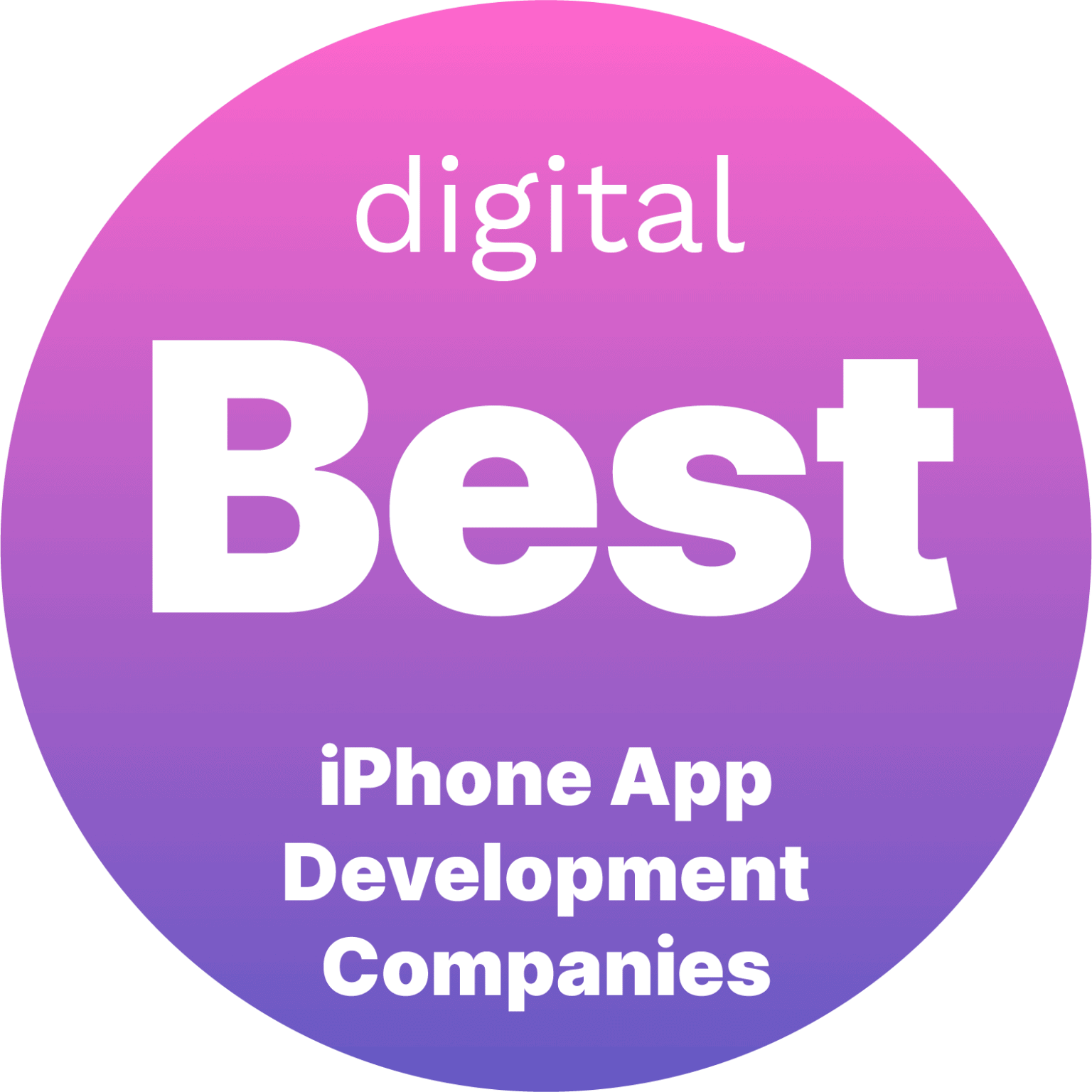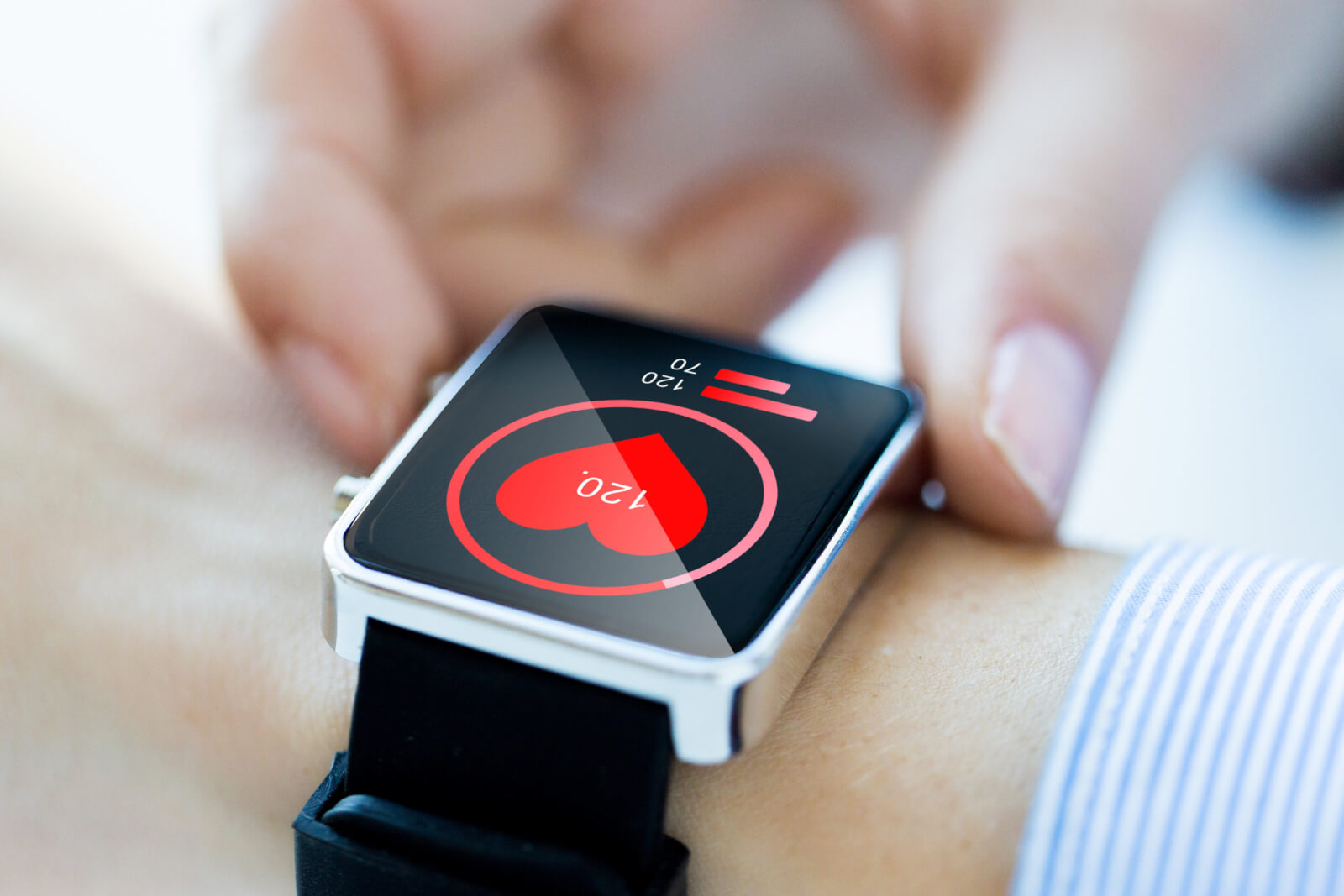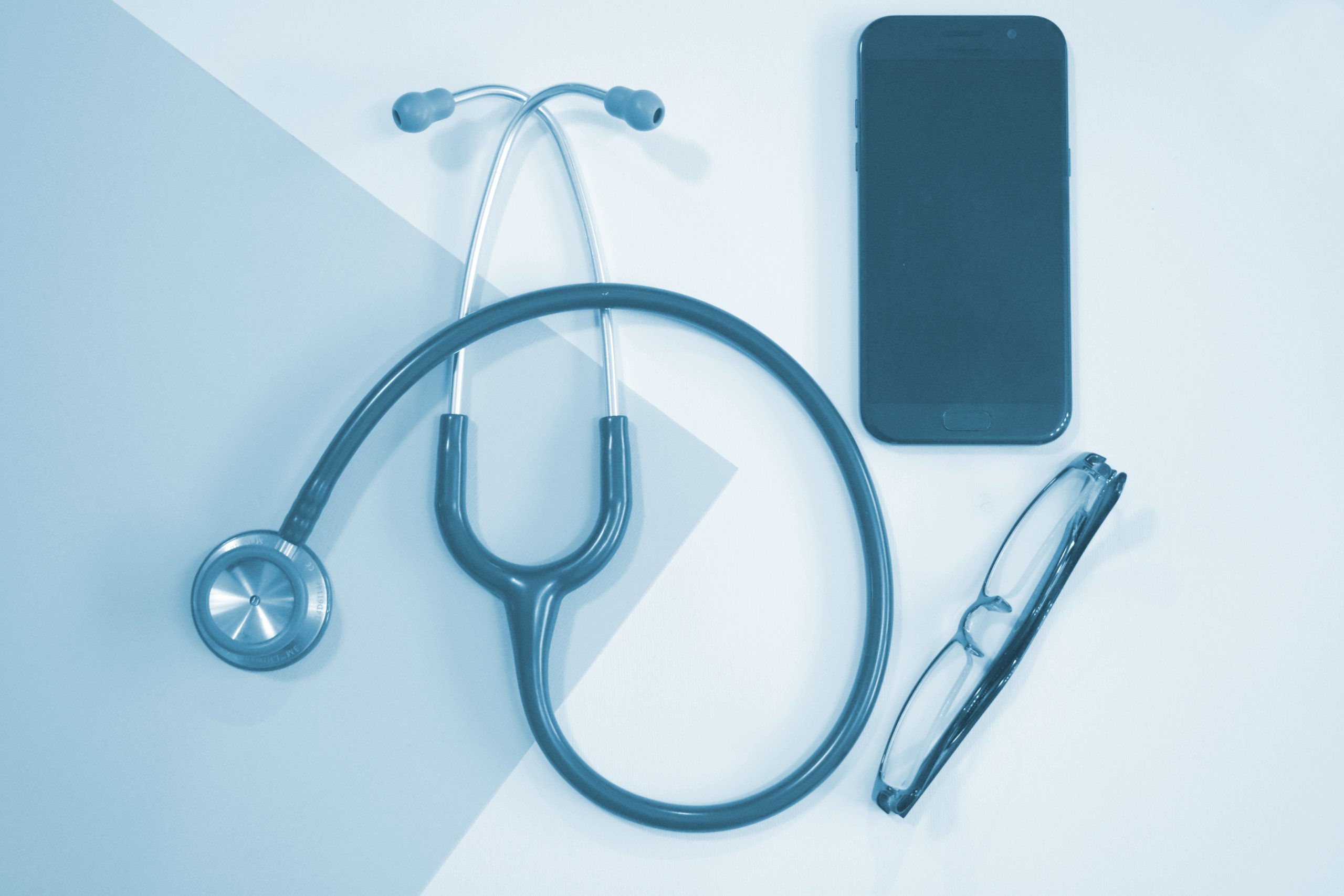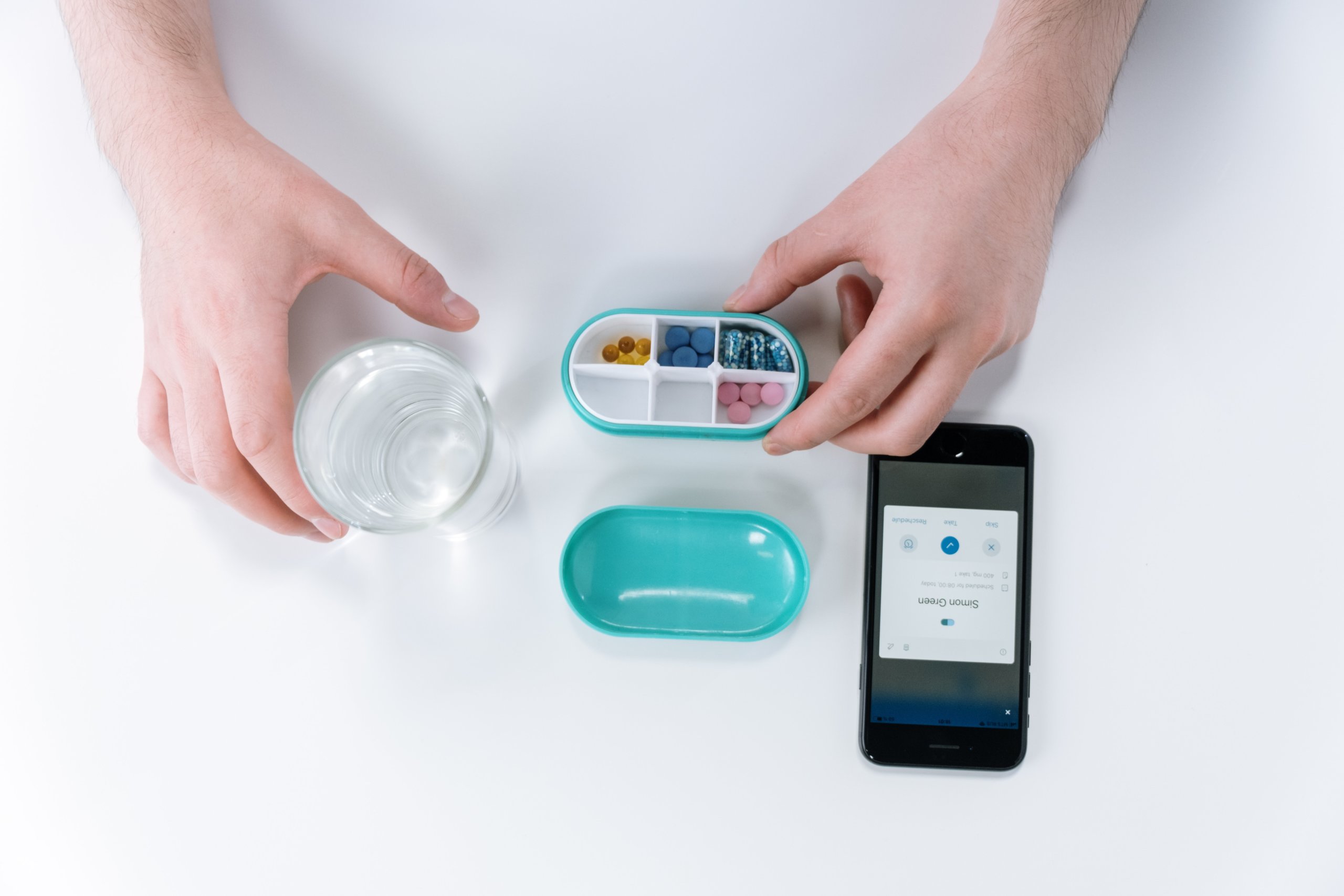 When most of us think of “wearables,” our minds go straight to smartwatches like the Apple Watch and Fitbit. They track our fitness, health, and more, and we seem to love the insights they extract from our daily habits.
When most of us think of “wearables,” our minds go straight to smartwatches like the Apple Watch and Fitbit. They track our fitness, health, and more, and we seem to love the insights they extract from our daily habits.
Although many wearables come with mobile connectivity, most of us are tethering our wearables to our phone through Bluetooth connectivity. And it was only recently that the wearables market upgraded from 3G to 4G. But these wearables are just the beginning of connectivity and tracking.
With 5G implementation on the horizon for many large cities, experts expect the functionality, capacity, and nature of wearables to improve drastically. These devices will hardly be seen as fitness trackers anymore — 5G will open up unprecedented opportunities for medical application development. And for industrial applications for manufacturers and companies, wearables will encompass new features and uses that were previously never even fathomed.
Wearables Will Never Be the Same
5G promises more stable mobile connections with low latency and high speeds, and it’s going to change how we consume, run business, and how we take care of ourselves. 5G will transform healthcare and the patient experience, entire industries, and how we communicate with our friends and family.
In wearables, 5G will bring real-time notifications, more precision, and richer data and insights into our health, surroundings, wellness, and goals. IoT (The Internet of Things) systems often work with a multitude of sensors, from basic switches to complex cameras recording at set intervals. Using this model of combining sensor information to create a more cohesive picture of our bodies and well-being, wearables will become much more powerful and valuable to us on a personal level.
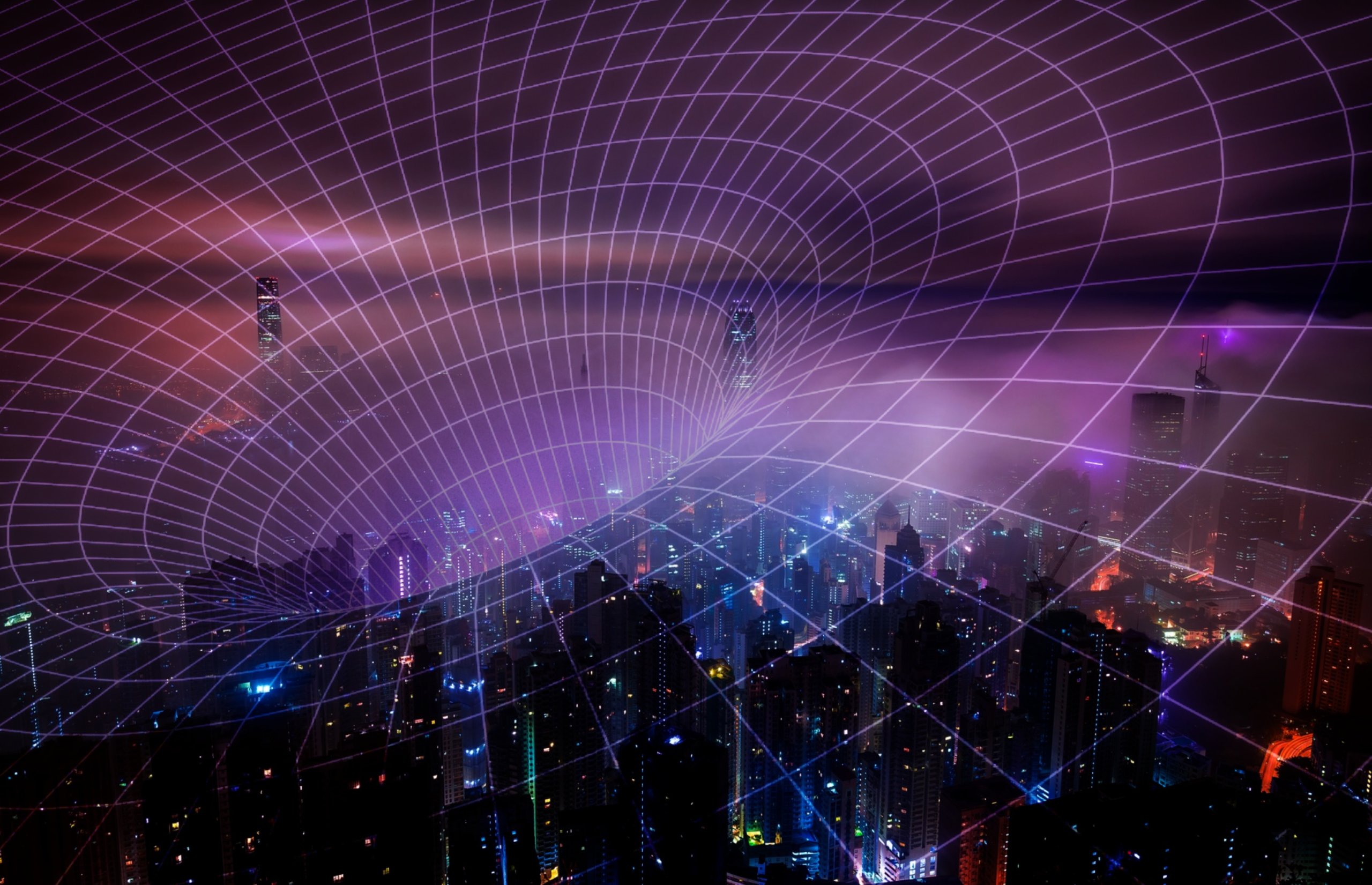
With 5G connectivity, wearables will be able to compute more, require less charging, and constantly add more heavy features to their devices. Eventually, wearables will even be able to upgrade their software on their own, without needing your cell phone to be nearby.
This will be possible in large part by edge computing, which allows sensors and devices to make computations and decisions on the device itself, saving time, network bandwidth, and server space by not sending data to or requesting data from the cloud.
Ultimately, wearables will one day include AI and data analytics in their software, and the potential for innovation will go through the roof. For employees receiving wearables from their company, new and novel IoT applications will be downloaded onto their wearables for even more insight into workplace stress, schedules, and productivity.
Time is Everything
One way to imagine the endless possibilities is to think about how 5G-connected wearables can transform how we view the New York City Marathon. Right now, pace times and running positions are calculated manually, by taking time stamps from videos and looking to see who’s at the front and when.
But with 5G-enabled wearables, running routes can be tracked, paces can be seen in real-time on TV, vital signs can be followed, and it’ll be obvious who’s in first place at what times.
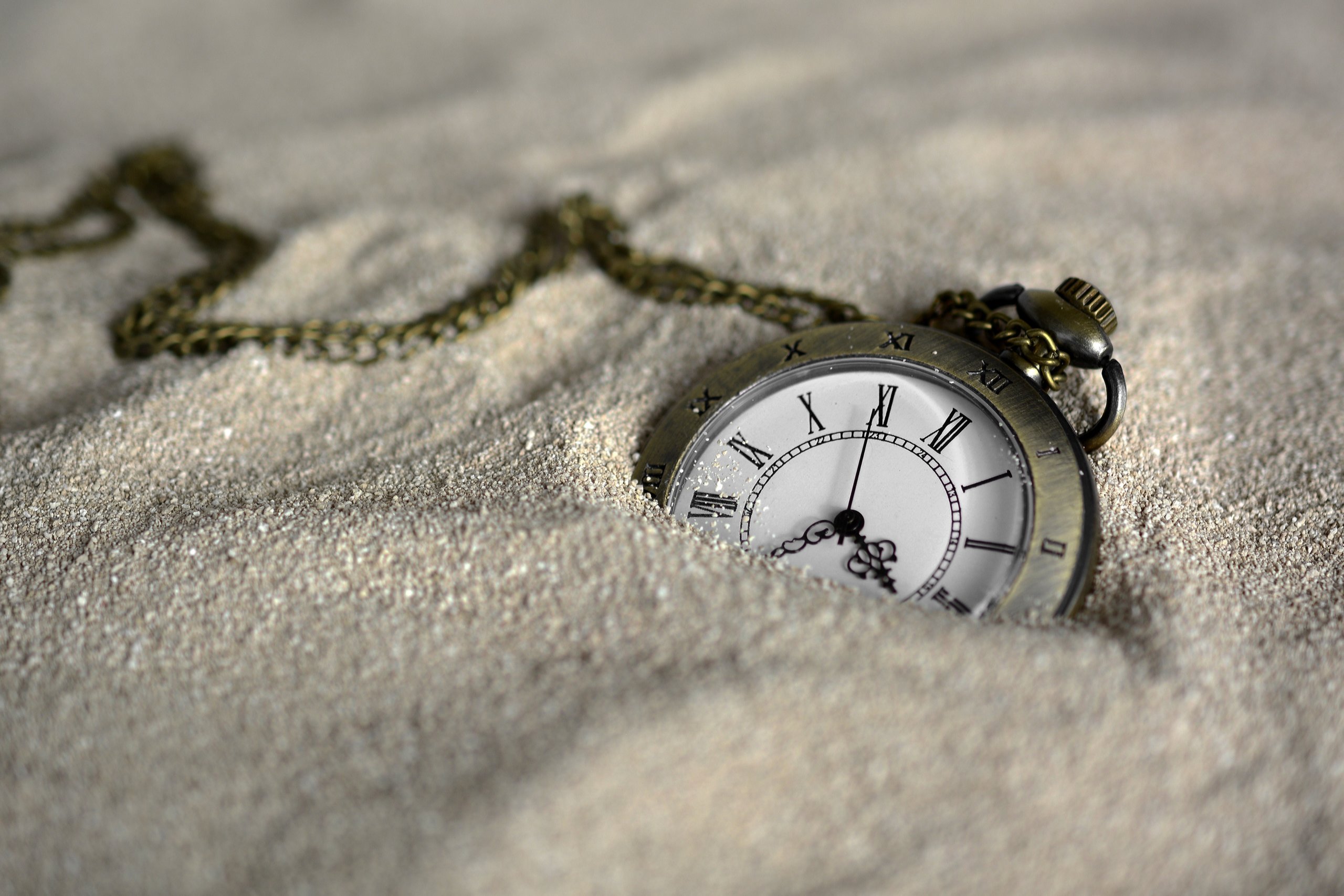
And the benefits of these marathon wearables extend past the marathon viewers, too; the runners themselves could use this marathon data during the next year of training regimens, keep an eye on their own vitals, performance, energy, and weather.
Sean Harrington is vice president of City Solutions at Verizon. He says, “The network is critical for moving raw data from infrastructure to the cloud and then sending metadata back again. As bandwidth demands and the need for time-critical responses increases, 5G becomes extraordinarily important.”
Healthcare’s Transformation
By 2022, a recent study says, the wearables market will almost quadruple to 430 million devices. Experts believe this big increase will come from a boost in interest for health solutions, rather than fitness applications.
Regardless of consumer interest, fitness and health applications will output almost clinical-grade data, giving us (and our doctors) deeper insights into our bodies and health. Eventually, we’ll be able to send our nurse and doctor our vitals without missing a minute.
Having data about our bodies can also help our providers diagnose us faster by reducing the number of appointments we make. This would free up a lot of time for providers to spend on their own mental health and work-life balance.
Indeed, a report by McKinsey & Company shows that if 15 to 20% of the current amount of outpatient consultations and home visits were to convert into video chats, we’d save $25 billion to $40 billion on healthcare spending annually.
For retirement homes and elderly patients, 5G-enabled wearables could give peace of mind to family near and far. If something small but unhealthy were to occur (sudden drop in blood pressure, body not responding to the most recent dose of medication, or a fall that produces an injury), everyone involved in the medical plan would be notified immediately.
5G is On the Horizon
5G will take a few years to fully cover all rural areas with at-risk populations. But 5G is expected to eventually connect up to one million devices per square kilometer, so there’s no doubt that it’ll be able to take over a ton of 4G network bandwidth. This new technology will transform healthcare and medicine, alongside many other industries.
Ultimately, wearables will be able to communicate with IoT devices like cars, home systems, and more. This connection could save thousands of lives, for example, by helping our car realize there’s a pedestrian crossing soon or a cyclist in foggy conditions. It would also save money and time for the average consumer. At home, for example, wearables may communicate with your smart thermostat to increase the temperature because your temperature shows as cold.
With 5G, wearables will become completely ubiquitous, and by the time we start a new decade in 2030, we’ll be wondering how we ever lived without them in the first place.



